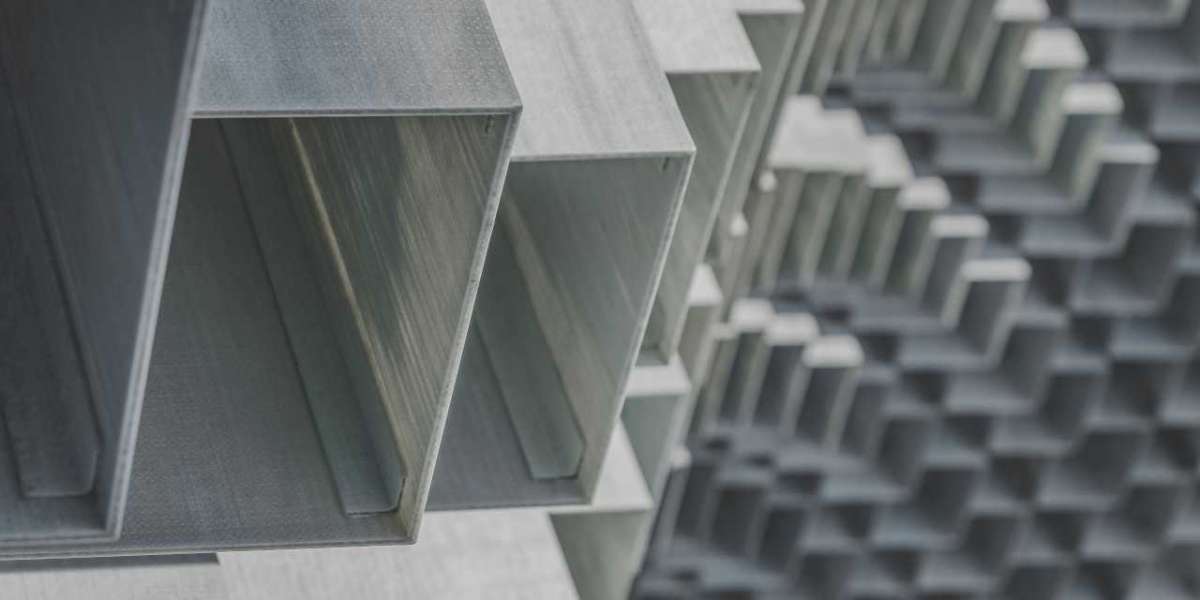Engineering-grade 3D printing has revolutionized the industrial automation sector, offering unprecedented opportunities for innovation and efficiency. This cutting-edge technology has the potential to transform the way industrial automation processes are approached, providing a wide array of benefits for manufacturers and engineers alike.
The Evolution of Engineering-Grade 3D Printing
Unleashing the Potential of Engineering-Grade 3D Printing in Industrial Automation has come a long way since its inception. From basic prototyping to advanced manufacturing applications, the evolution of 3D printing has been nothing short of remarkable. Today, engineering-grade 3D printing has reached a level of sophistication that enables the production of high-performance, end-use parts for industrial automation systems.
Enhancing Design Flexibility and Complexity
One of the key advantages of Unleashing the Potential of Engineering-Grade 3D Printing in Industrial Automation is its ability to enhance design flexibility and complexity. Traditional manufacturing methods often impose limitations on the shapes and geometries of parts, leading to compromises in functionality. With engineering-grade 3D printing, complex designs can be realized with ease, allowing for the creation of intricate components that were previously unattainable.
Furthermore, the use of Unleashing the Potential of Engineering-Grade 3D Printing in Industrial Automation enables the integration of features such as internal channels, lattice structures, and lightweight geometries, which can significantly improve the performance of industrial automation systems. This level of design freedom empowers engineers to optimize the functionality of their designs without being constrained by traditional manufacturing constraints.
Accelerating Prototyping and Production Cycles
Unleashing the Potential of Engineering-Grade 3D Printing in Industrial Automation has the potential to accelerate prototyping and production cycles, leading to faster time-to-market for new products and systems. By leveraging the capabilities of 3D printing, engineers can rapidly iterate on design concepts, test functional prototypes, and make on-the-fly modifications without incurring the time and cost associated with traditional manufacturing processes.
Moreover, Unleashing the Potential of Engineering-Grade 3D Printing in Industrial Automation allows for on-demand production of custom or low-volume parts, eliminating the need for costly tooling and setup. This capability is particularly advantageous in the industrial automation sector, where the demand for specialized components and spare parts is often unpredictable and sporadic.
Optimizing Material Properties and Performance
Another compelling aspect of Unleashing the Potential of Engineering-Grade 3D Printing in Industrial Automation is its ability to optimize material properties and performance. With a diverse range of engineering-grade materials available for 3D printing, including high-temperature polymers, metal alloys, and composite materials, engineers can tailor the mechanical, thermal, and chemical properties of parts to meet the specific requirements of industrial automation applications.
Furthermore, the additive nature of Unleashing the Potential of Engineering-Grade 3D Printing in Industrial Automation enables the creation of parts with uniform material properties, reduced material waste, and enhanced structural integrity. This level of control over material composition and distribution can lead to the development of components that exhibit superior performance and longevity in industrial automation environments.
Conclusion
Unleashing the Potential of engineering-grade 3d printing in Industrial Automation holds immense promise for the future of manufacturing and engineering. As this transformative technology continues to advance, its impact on industrial automation will only grow, unlocking new possibilities for design innovation, production efficiency, and performance optimization.







